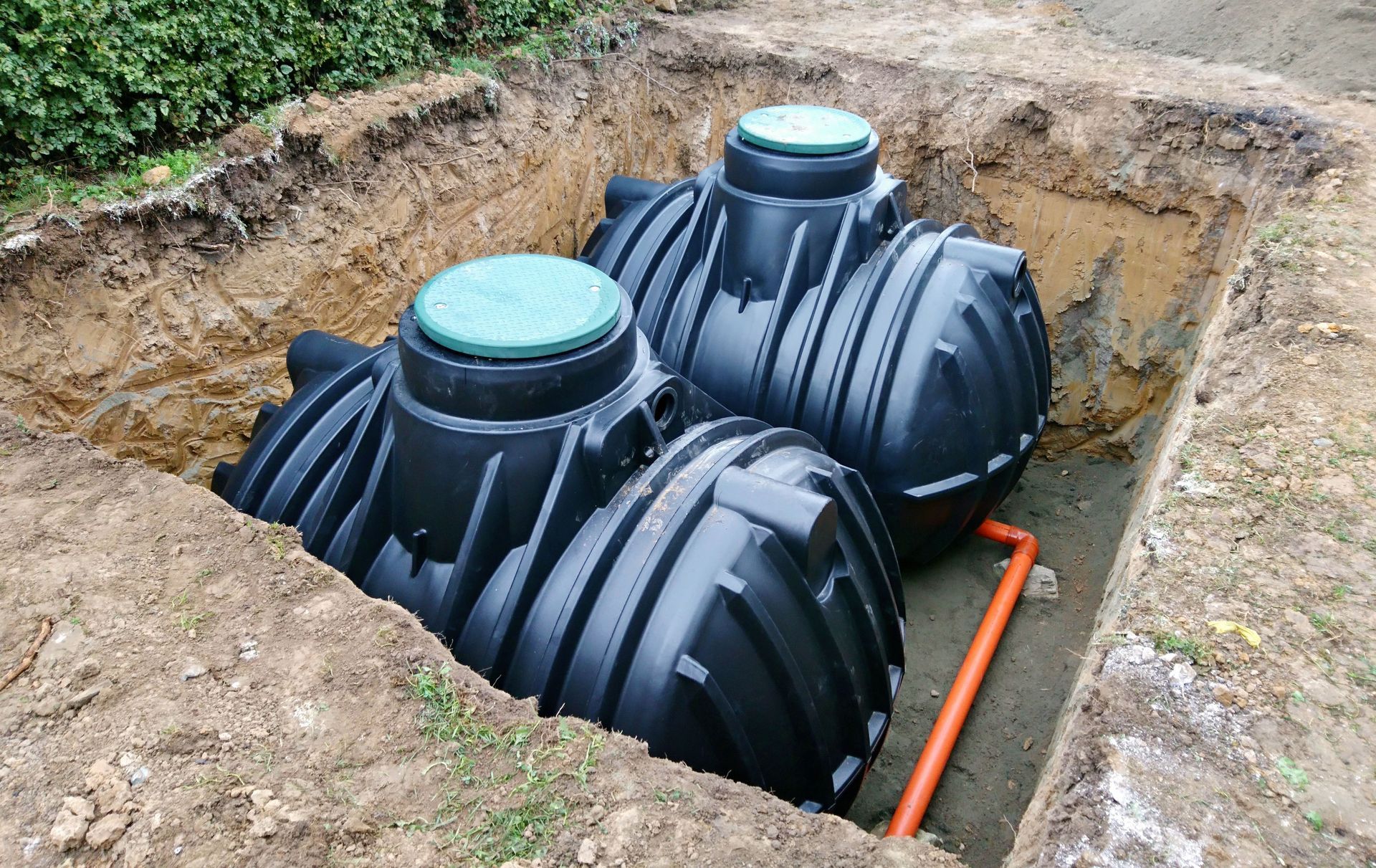Cost Evaluation of Septic Tank Installation During Excavation
Installing a septic tank is a significant investment in any property, particularly in areas not serviced by municipal sewage systems. Understanding the costs involved during the excavation process is crucial for budgeting and planning. This article provides an in-depth look into the various factors influencing the cost of septic tank installation and how excavation plays a pivotal role in the overall expense.
Soil Conditions and Their Impact on Costs
One of the major elements affecting the cost of septic tank installation during excavation is the type and condition of the soil. Rocky or clay-heavy soil requires more intensive labor and specialized equipment, resulting in higher costs. On the other hand, sandy or loamy soils are easier to work with and generally less expensive to excavate. Furthermore, the depth at which the septic tank needs to be installed will also impact the total cost, as deeper excavations demand more effort and resources. By understanding your property's soil composition, you can better prepare for potential additional costs associated with septic tank installation.
Land Grading and Leveling Considerations
Another crucial factor to consider is land grading and leveling. Proper grading ensures that the septic tank functions efficiently by facilitating adequate drainage and preventing potential flooding or system failures. According to Forbes, land grading and leveling costs range from $1 to $4 per square foot on average. These costs can add up quickly, especially for larger properties or those with more challenging landscapes. Therefore, accurate assessments and planning are essential to mitigate unexpected expenses during the septic tank installation process.
Tank Size and Material Influences on Overall Cost
In addition to soil conditions and land grading, the size and type of the septic tank itself also contribute to the overall cost. Septic tanks come in various sizes and the material of the tank can significantly affect the price. Larger tanks and higher-quality materials mean increased initial costs, but they often translate to better durability and lower maintenance expenses in the long run. Therefore, it is important to balance the upfront installation costs with the long-term value the system brings. Considering both immediate expenses and future savings is crucial for a successful
septic tank installation.
Installing a septic tank is a multi-faceted process with numerous cost components. Understanding these elements and preparing for them can help homeowners make informed decisions, ensuring a cost-effective and functional septic system. Proper planning, budgeting, and professional consultation will pave the way for a successful septic tank installation, providing reliable service for many years to come. Contact J.H. Wilson Construction for your septic and excavation needs.

service Area
Savannah, GA
Bryan County, GA
Effingham County, GA
and surrounding areas
Business Hours
- Mon - Fri
- -
- Sat - Sun
- Closed
Call us for emergencies, extended hours, or weekend appointments.


Share On: